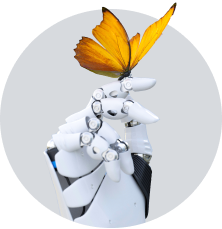Lithuanian Best Practice: Automated Social Media Advertising combines recruitment and marketing
Recruitment professionals recognize that human resources would struggle to cope with today's challenges without the help of marketing. However, not every HR professional can afford to spend a lot of time delving into the subtleties of marketing. How to solve this dilemma: focus on what you do best - recruitment and selection - and use marketing solutions as a service.
We have a solution to this dilemma, but let's start from the beginning.
In 2019, HR professionals spent 80% of their time on selection, i.e. reviewing CVs, interviewing candidates, etc., and only 20% of their time finding candidates. Today, the situation is reversed, employers are spending 80% of their time/effort on candidate searches to fill vacancies.
We took up the challenge and started looking for solutions to help employers attract more candidates at low time and cost.
We looked at what channels jobseekers use. According to the survey, on average, candidates use 3 channels to search for a job. 80% of job seekers use specialized career portals. The second most popular channel is social networks (more than half of the survey respondents use this channel for job search).
Since social networks can reach both passive and active jobseekers, we focused on this channel and offered employers Automated Social Media advertising (ASM). You may also know it as a programmatic service. Automatic social media advertising gives job ads visibility on social media (Facebook, Instagram, Google).
This is a relatively new way of advertising online. It is an automated process of buying digital advertising spaces/blocks in real time, where advertisers can use sophisticated algorithms to precisely target specific audiences based on demographics and thus increase the effectiveness of the advertising campaign.
A wide network of advertising blocks. The Google Display Network (GDN) displays advertisements on many popular websites, YouTube, email platforms, blogs, and apps. Advertisements are also displayed on the Facebook/Instagram platform, which further expands the network of digital advertising spaces/blocks.
Adaptive advertising. Automated advertising does not require the preparation of many visuals in different sizes but automatically adapts to the dimensions of the advertising block, changing the layout of the image/text to fill the space of the advertising block.
No experience is needed. After the service is activated and paid, an automatic ad is generated from the job advertisement in the system. In this way, it is possible to use the service even without social media experience.
Target audience. Automated advertising allows you to reach your desired audience based on factors such as demographics, location, interests, and behavior. This ensures that ads are shown to the target audience, increasing the likelihood of conversion.
Learning system. In the first days of advertising, the algorithms assess which audiences are being reached and which audience segments generate the most conversions. Therefore, to achieve the right result, the duration of the ad is 14 days instead of 1 day. Do not expect high results in the first days of the campaign but look at the result.
Practical example: With a 50 Eur budget, job ads will be shown on FB and Google ~ 10,000 times.
Companies also have the option to advertise only on FB channels. The average number of advertising impressions (on FB channel with 20 Eur budget) is 4,500.
Benefits:
- No need for marketing department involvement
- No specific marketing knowledge required
- Short and simple activation of the service
- Target audience
- Cost-effective
- Building Employer visibility/recognition
- Widespread dissemination of the job advertisement
How it could look:
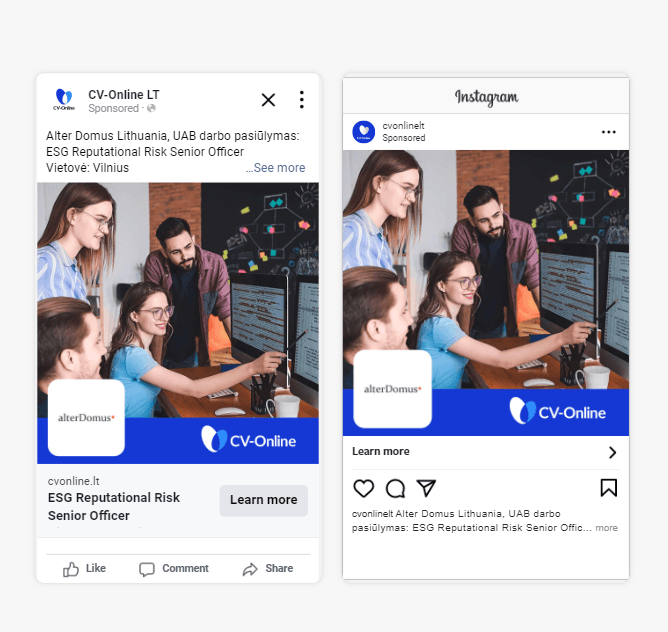
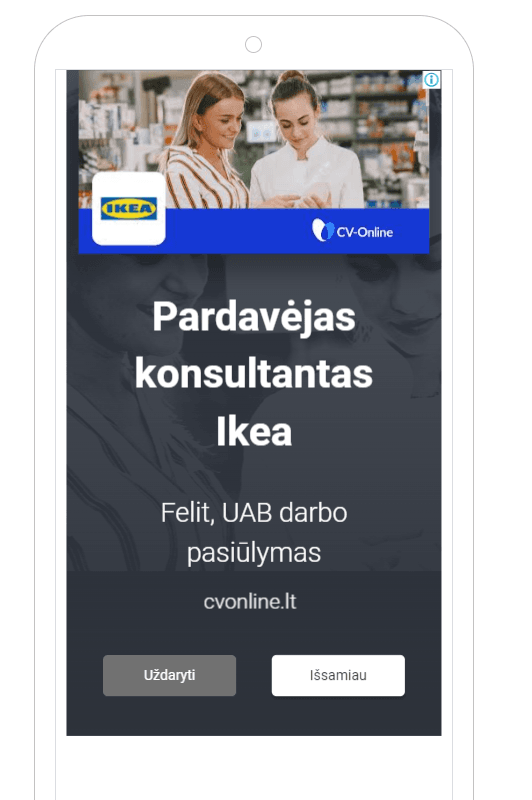
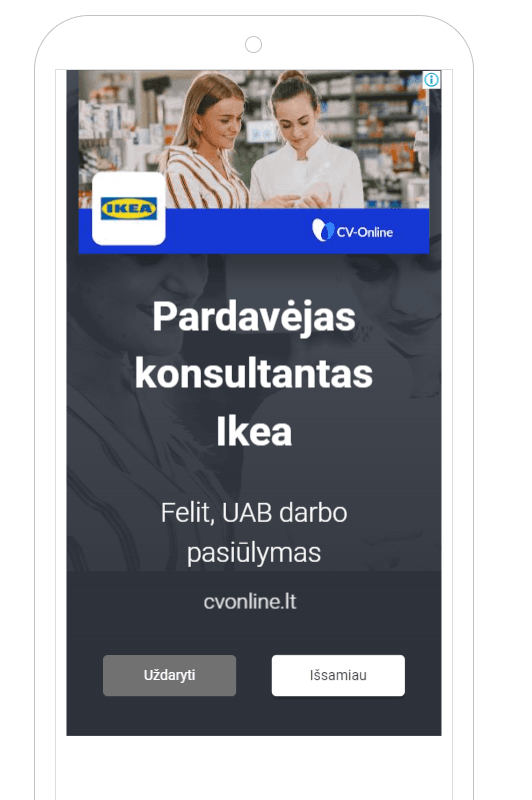


Why Training Alone Won’t Keep Employees from Leaving
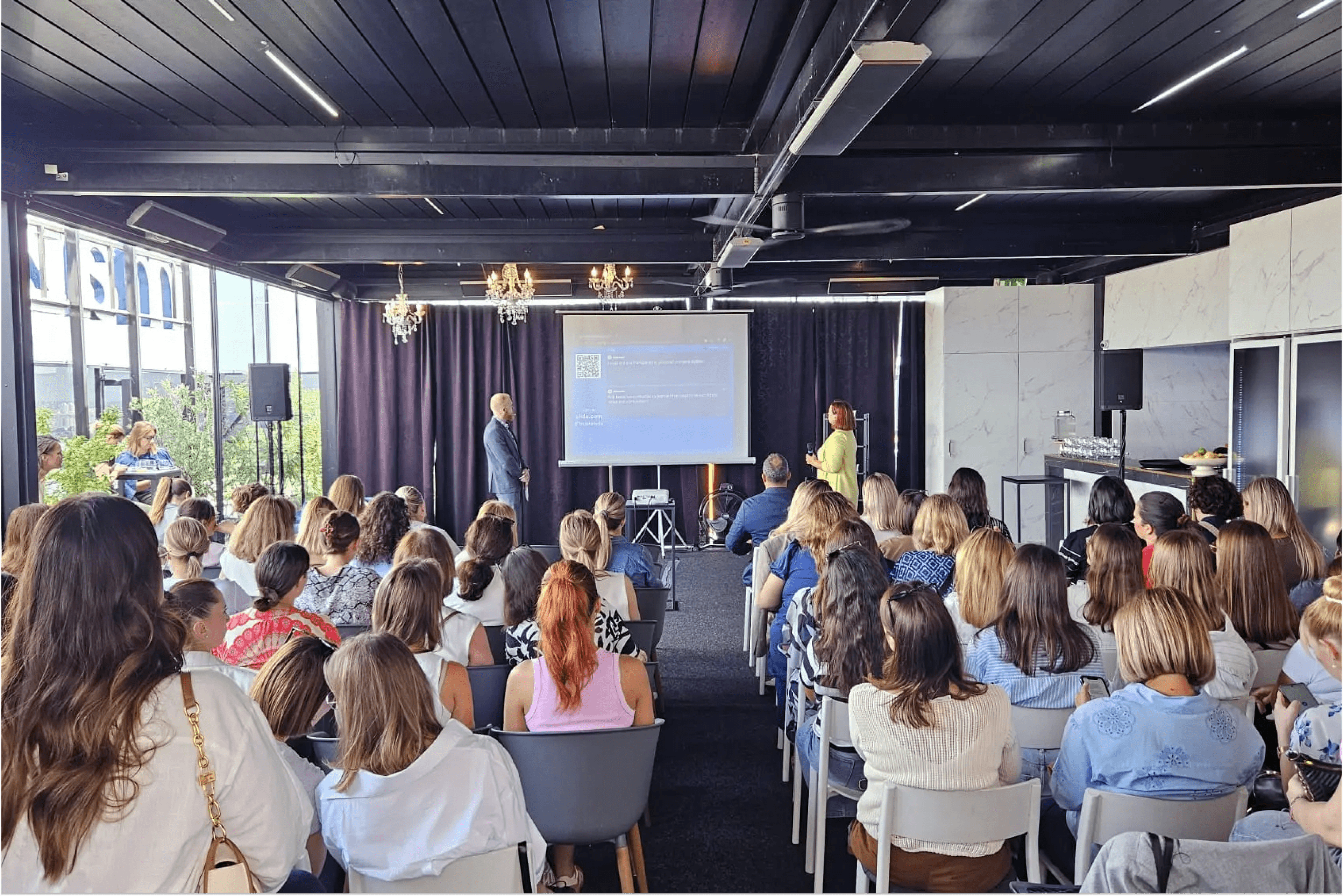
Transparency, Data, and People: What We Learned at the HR Time Gathering in Zagreb
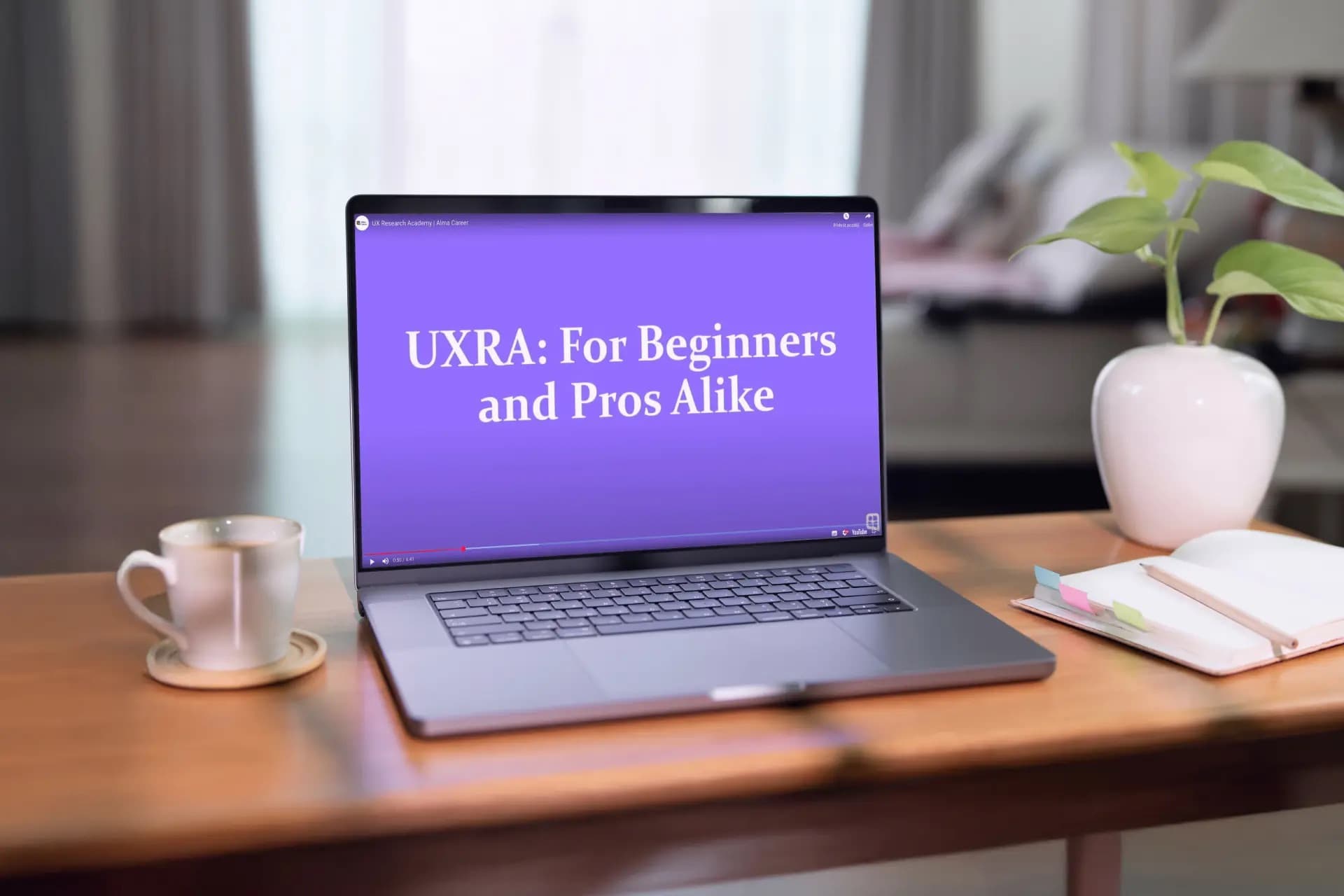
News for the User Experience Community: UX Research Academy for Everyone – Completely Free





